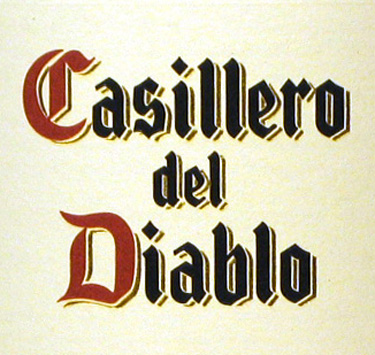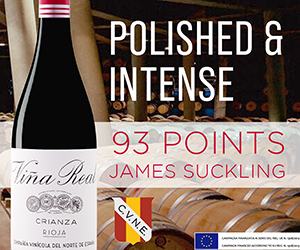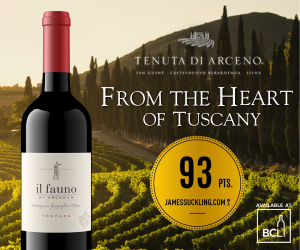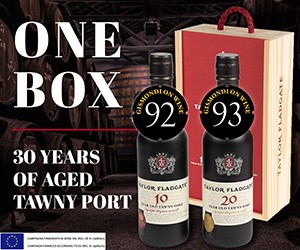Like most British Columbians, I'm hoping that the weather in the second half of Summer 2001 will be a lot better than what we've experienced to date.
Assuming that's the case, light, aromatic, fun-to-drink white wines may still have their moment in the sun, so to speak, and what better grape to celebrate summer than sauvignon blanc?
Like riesling, sauvignon is enjoying a renaissance thanks to its much improved flavour, intensity and balance. New World sauvignon has always been as intense in flavour as its Old World counterparts have been restrained, but in recent years producers around the globe have been borrowing each other's best traits, with much more pleasing results.
Those tasted for today's column showed similarities that appear to transcend the terroir or geographical origin of each. Gone, by and large, are the excessively vegetative, bell pepper and canned asparagus notes, as well as the bitter citrus-rind flavours that marked so many examples in the '80s and '90s.
The grassy aromas are still present, but in a more balanced arrangement. One improvement is the predominance of fresh grapefruit, green apple and mineral qualities in most wines.
All of today's picks were known to me as solid wines providing quality at an affordable price. (Even more important, each is widely available in B.C. liquor stores.) The goal was to see how they would fare against each other, head to head.
To do that, I held a blind tasting earlier this week with a group of friends who would qualify as typical weekend wine drinkers.
I simply asked them to taste each one, discuss it and then give the wine a score out of a possible 20 points. Here's the group's verdict.
We began in the Languedoc, with the 2000 Fortant de France. The group initially liked it, although everyone thought the fruit was at best faint. A mild streak of acidity and a touch of matchstick mar what is otherwise a round, floral, easy-sipping white. Bland, with little flavour intensity, and fairly acidic, was the group's take.
Next, the Lurton brothers' effort from Bordeaux. The grapes are selected from various properties in the Entre-Deux-Mers region, and the wine has a definite white Bordeaux style.
Richness in the mouth, with plenty of citrus and topical fruit flavours, made the Lurton the favourite. Both aromatic and weighty, it was simply the day's best, by unanimous choice. Later it proved an ideal match when served with sauteed prawns in garlic butter.
The Western Cape of South Africa is very much a new zone for quality sauvignon production, and we have yet to see the best labels here in B.C. After many years of sweet and sour, washed-out wines, a revolution is under way, and it's pushing these whites to the front of the Cape pack.
The Two Oceans sauvignon offers classic gooseberry aromas with grassy and distinct bell pepper flavours. The finish is smooth and dry, but simple. The tasting group's reactions to it were ambivalent.
Next stop, the Okanagan, to taste the Mission Hill Private Reserve. It was the sweetest wine in the group. Everybody seemed initially to like it, although the sweetness in the flavour tends to wear down the palate. It remains a fine summer sipper at a very fair price.
The Casillero del Diablo sauvignon from Concha y Toro comes from Chile's vast Central Valley. It's entirely fermented in stainless steel, then aged five months on its lees in the tank. Expect a fresh, crisp, green-apple fruit nose and flavour, with just a wisp of melon. This one is fun to drink and a real bargain.
Our finale was the Canyon Road sauvignon from California. It's made with fruit from an array of coastal vineyards, picked at various degrees of ripeness to provide a complex blend. The wine is also cold-fermented and cold-stored in stainless steel, with no barrel or malolactic treatment.
It has a grassy, grapefruit, lemon nose, with citrus rind and asparagus in the flavours. It's slightly heavier than the other wines, and more alcoholic, but was well liked by the panel.
All of today's picks are perhaps best drunk young, although the Lurton looks as if it will continue to improve in the bottle over the next year.
As for food pairings, everything from seafood antipasto to fish in cream sauces or Mediterranean style fish and chicken are good bets. Try to avoid vegetative flavours in the food -- they tend to over-emphasize those same tastes lurking in the wines.
Written By: ag

 quicksearch
quicksearch






